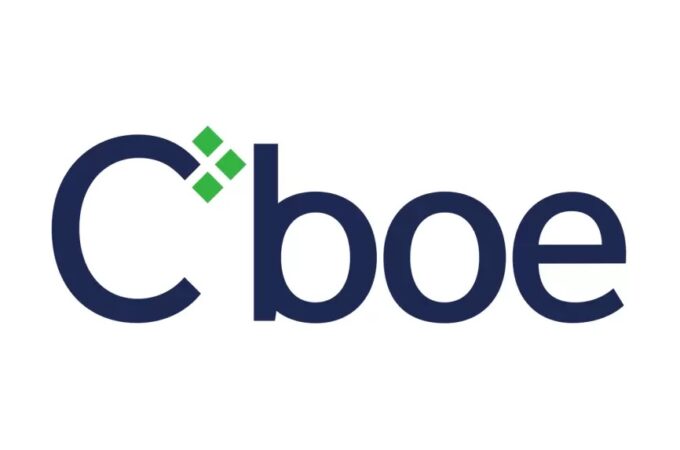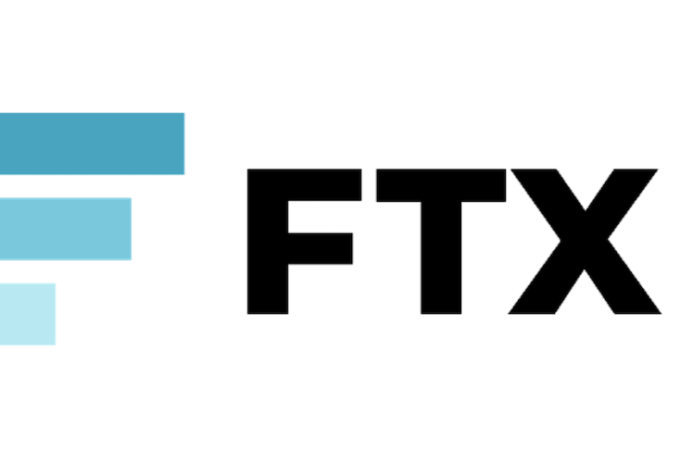
Citi investing in fintech firm to examine mystery of flash crashes
Sudden jolts in the currency market may be becoming more frequent, with at least three flash crashes over the course of 14 months. But there is some hope in finding out their causes more quickly.
Citigroup Inc. is investing in a technology that, if widely adopted, could help get to the bottom of sudden market spasms. The world’s largest currency trader is backing Cobalt DL, which aims to use a distributed ledger to create a single trade record that would replace existing fragmented systems.
Best known for the blockchain that tracks bitcoin, distributed ledger technology has been a major focus for financial firms trying to find ways to streamline back-office operations. Like most companies using the technology, Cobalt is primarily trying to cut costs for financial firms. A side benefit, however, is its potential to quickly trace and inspect trades.
Flash crashes are a big concern for banks. The U.K. is still investigating the pound’s 6.1 percent plunge on Oct. 7 — the Bank for International Settlements is expected to provide a report on the event next month. Citigroup is also under scrutiny, with regulators summoning the bank to discuss its possible role in the incident.
Inspecting foreign-exchange is a difficult task: about $500 billion of daily trading is fragmented across four major electronic platforms, which only account for about 10 percent of the overall market. The rest is accounted for by dealers that run their own trading venues and match many client orders internally.
The BIS said this week it expects more “volatility outburst and flash events,” which is why Cobalt Co-Founder Andy Coyne says distributed ledger technology could be a regulator’s best friend.
“With a shared ledger, as long as you have significant participation, which is clearly the goal, you’re going to have that information to hand,” said Coyne, who previously worked at currency powerhouses Citigroup and Deutsche Bank AG. He was also an executive in ICAP Plc’s post-trade division.
The idea is that regulators could go to one place, or at least fewer places, to analyze an event. Existing databases, know as repositories, are made for that purpose. But those too have to be checked with multiple parties to ensure accuracy.
Cobalt isn’t the only company looking for ways to apply blockchain to the foreign-exchange market. Goldman Sachs Group Inc. has a patent based on the technology. And ICAP, soon to be known as NEX Group, has plans to use distributed ledger for spot trades by the end of March.
The currency market is fragmented, but so are banks’ internal systems. Separate departments such as trading and risk management may have their own price information. ICAP says companies can waste valuable time during a crisis or flash crash trying to make sure all are focused on the right data.
A single source of data “allows you to act more quickly,” said David Thompson, chief operating officer of Traiana, an ICAP unit. “You’re not double checking whether your valuation team is looking at the same data as your trading desk.”
While the currency market may be among the first to adopt blockchain technology, it could be even more useful for other assets where trading is less efficient. Spot trading accounts for about 33 percent of the $5.1 trillion of foreign exchange that changes hands each day.
A central tape for currency transactions could also happen with boring old existing technology. The U.S. has been trying to create a massive repository that would track stock and options trading from exchanges and broker-dealers, for example.
But a blockchain system that’s cheaper and faster could spur companies to throw out their old technology for a new-breed network. That’s what NEX Group is betting.
“There has to be a pretty compelling reason why you would transform to some other technology,” said Jenny Knott, chief executive officer of NEX Optimisation. “With distributed ledger, it may just be that you transform to one technology and the technology could be the catalyst for many solutions.”
First appeared at LTP





